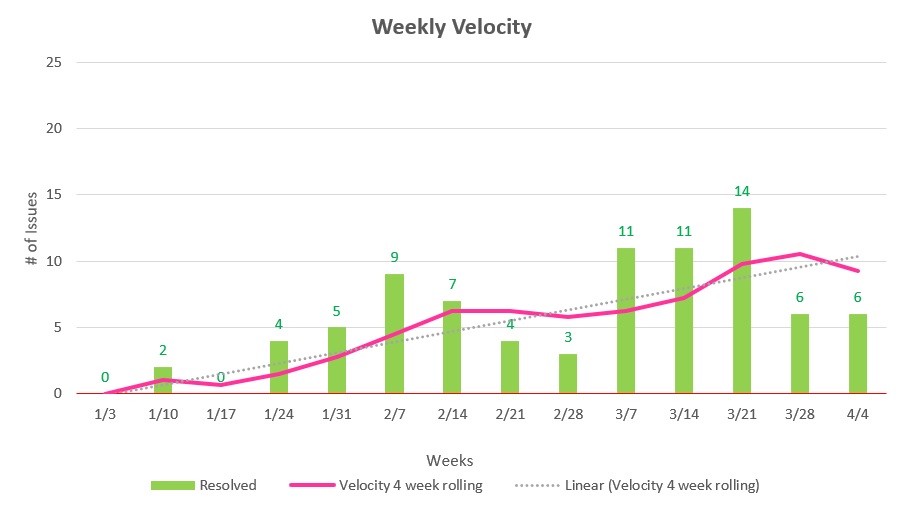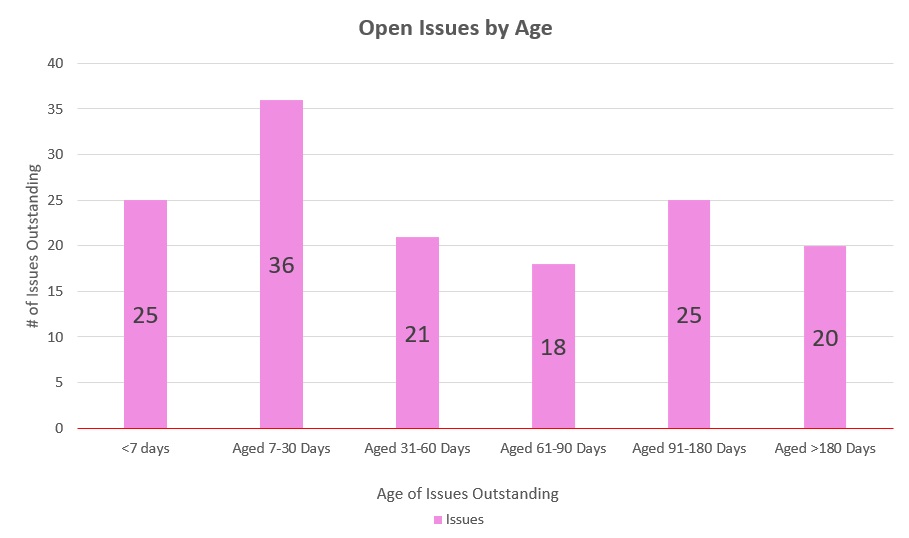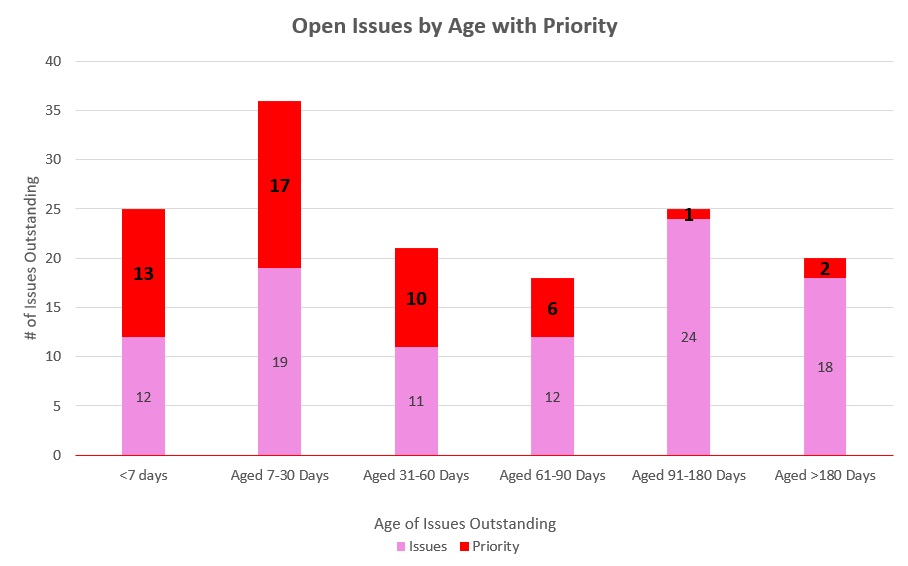Are you trying to figure out the next productivity hack? Interested in discovering a way you can improve? Curious how to accelerate how much time you have every day?
I want to share something that I’ve used for many years. This method is the main reason I’m so productive; why can I write more every day, create more content, and ultimately spend time doing the things I love like sailing, flying planes, and scuba diving.
Hi, I’m Peter Nichol, Data Science CIO. Today we’re going to talk about different approaches to improve your productivity. In the 1990s, Charles Schwab was trying to come up with ideas to help his management team. At the time, he was president of Bethlehem Steel out of Bethlehem, Pennsylvania, an extensive production facility producing steel for the military and many other operations.
He was trying to figure out that next productivity hack. When brainstorming, he decided to reach his old friend, John D. Rockefeller, Senior, and asked for suggestions. John referred him to a gentleman named Ivy Ledbetter Lee. Lee was known more as a public relations specialist. However, he also had built a reputation as a productivity expert. Charles asked Lee to come to the PA plant and work with his management team. Lee interviewed Schwab’s management team and only spent 15 minutes with each team member. Once Lee was done, he provided each executive with a single tool. Later, Schwab discovered that Lee introduced each team member into what later will be known as the Ivy Lee Method. This is an approach to keep hyper-focused on your top priorities.
The concept was beautifully simple, write down your top six priorities and do them every day. If you only could get six items done each day, what would they be? This latest dovetailed into Tim Ferris’s concept, asking, “What would you do at work if you only had two hours a day.”
Lee suggested each executive work their list top-down (1 through to 6) in order of priority. Completing the most important item first, then the next most important, and so on. Distractions are a reality in any environment. The higher your seniority the more frequent fire drills pop up that are unexpected and critical. If you did not complete your list of six items at the end of the day, those items roll forward onto your list for tomorrow. If you did complete all six things, you would create a new list of six things for the following day. This method keeps the focus on the items that add the most impact to your day.
The method allows leaders to focus on their work’s most critical aspects while spending less time on the least essential elements. We often apply the Pareto 80:20 rule, where 20% of the activities provide 80% of the value. Unfortunately, we often focus on that 80% because these are the low-hanging fruit items. They typically more tactical, and usually, they can be completed independently. As a result, this makes these tasks easy to complete. Yet, they don’t always provide the most value. This is where the Ivy Lee Method comes into play.
If you can apply this method to your daily activities, what you’ll find is you slowly increase productivity. Of course, dramatic transformations don’t occur overnight, but over months and years, it’s unbelievable how much more productive you’ll be. As you think about what you want to accomplish this week that will keep you on track for your quarterly goals, consider using the Ivy Lee Method. Begin with the top six most important items, and if you get those completed, great work on the following six.
Hi, I’m Peter Nichol, Data Science CIO. Have a great week!













